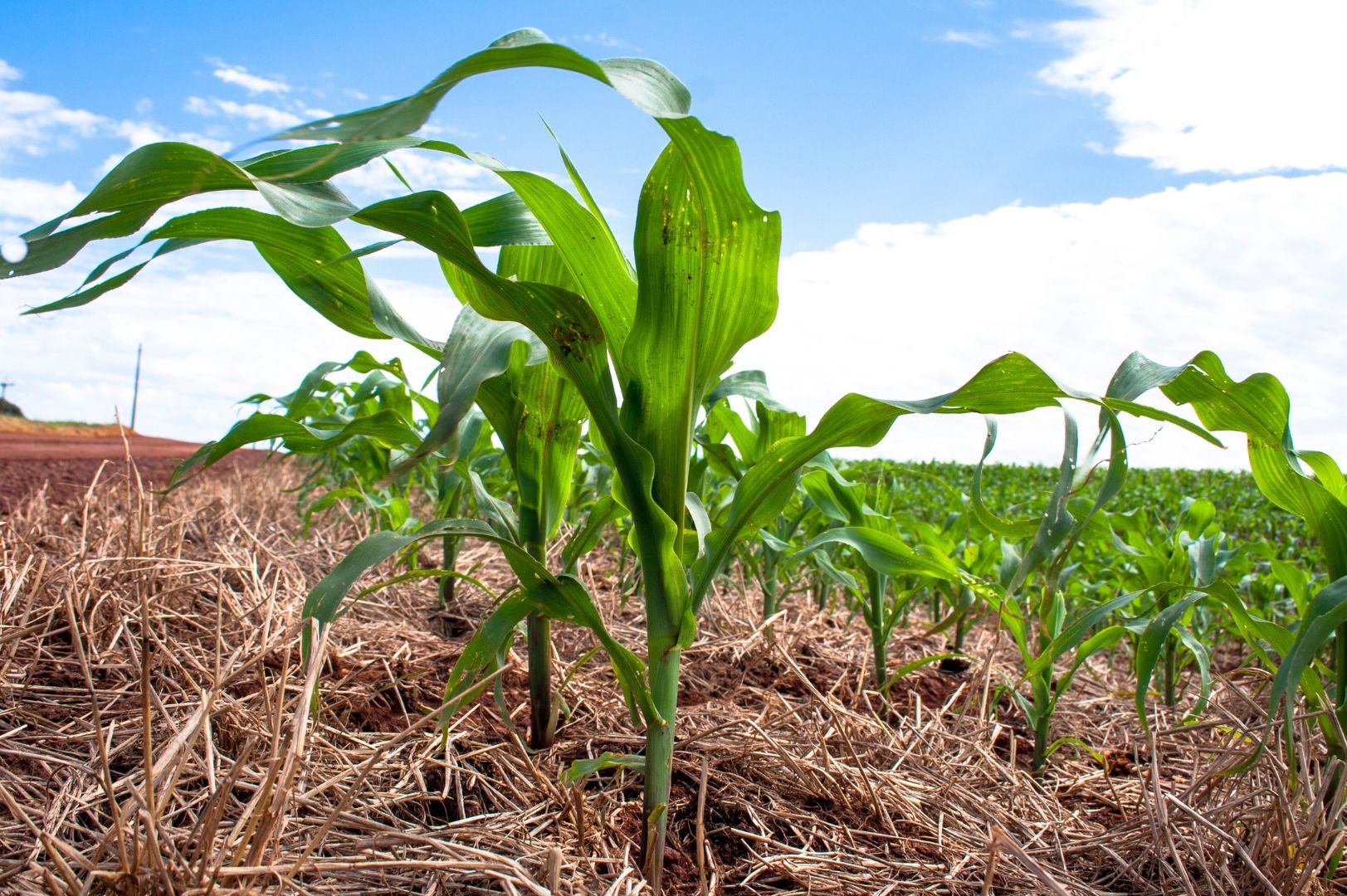What is Conservation Agriculture?
While many farmers were already applying practices of this system, the term “conservation agriculture” was established in the 1990s to early 2000s. Based on 2016 data, conservation agriculture is practiced in more than 180 million hectares (=12% of the global cropland).
Conservation agriculture aims to produce high crop yields while protecting/maintaining good soil health and fertility, improving water conservation, and enhancing the efficiency of inputs (like fertilizers).
The system is highly recommended for further adoption by smallholder farmers
in developing countries. However, to ensure its efficiency and make it economically
viable for the smallholder farmers of these regions, its adoption must be combined with
some adjustments and supportive measures (like the introduction of high-value crops, good quality propagation material, increased prices of the end product produced under this system and constant technical support by an extension center or an agronomist).
The Principles
Conservation agriculture (CA) is a farming system that has 3 core principles:
- Minimal (mechanical) soil disturbance: Zero or reduced tillage is applied to help minimize land degradation, facilitate carbon sequestration and regeneration, and reduce greenhouse emissions. This practice is at the core of Conservation agriculture up to the point that the system (CA) and the practice (zero-tillage) are treated as synonyms.
- Permanent soil cover: this can be applied by using a growing crop (cover crops) and/or a mulch of organic plant residues (green manure).
- Diversification of crop species (simultaneously on the field or sequentially): by increasing agrobiodiversity, the system becomes more resilient. This can be achieved with practices like crop rotation and polyculture (also known as mixed cropping and intercropping).
Common Practices applied
- Zero or reduced tillage (also known as conservation tillage) – No-till farming
- No burning of crop residues
- Direct planting/seeding
- IPM (integrated pest and disease management)
- Use of cover crops
- Crop rotation
- Mixed cropping or polyculture
- Agroforestry
Precision and Efficiency are at the core of Conservation agriculture. Farmers should be aware of the crop needs and environmental conditions to choose the best time for applying operations like seeding and inputs like fertilization. This knowledge, in combination with the use of precision/smart farming technologies, can increase the efficiency of the applications and reduce the amounts needed and the losses.
Further reading
Farming 101 – How to be a Farmer – Step by Step Guide
How to use Cover Crops in Vineyards and their Advantages
Integrated Pest (Disease & Weed) Management (IPM): Principles, Practices and Advantages
What is Conservation Agriculture?
What is Climate-smart agriculture (CSA)?
What are the Principle, Goals and Benefits of Sustainable Agriculture?











































































